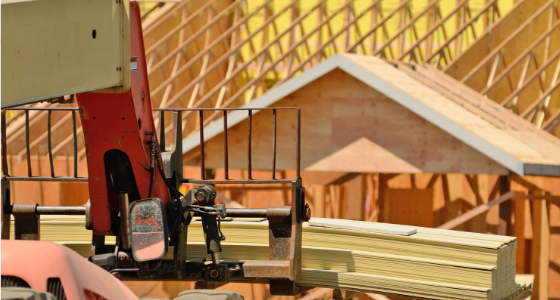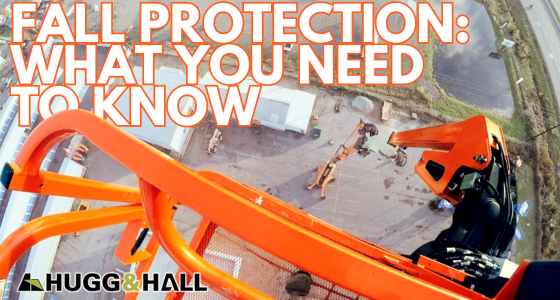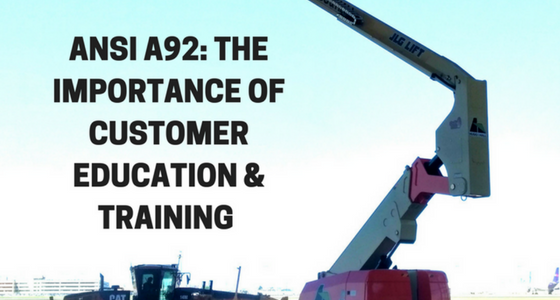
How to Perform a Pre-Operation Inspection
Safety should be the most important priority on any job site and equipment should be...

Safety should be the most important priority on any job site and equipment should be...

Did you know? In 2022, falls were the leading cause of on-the-job deaths for construction...

Hugg & Hall Equipment Company (Hugg & Hall) is committed to transparency and keeping customers...